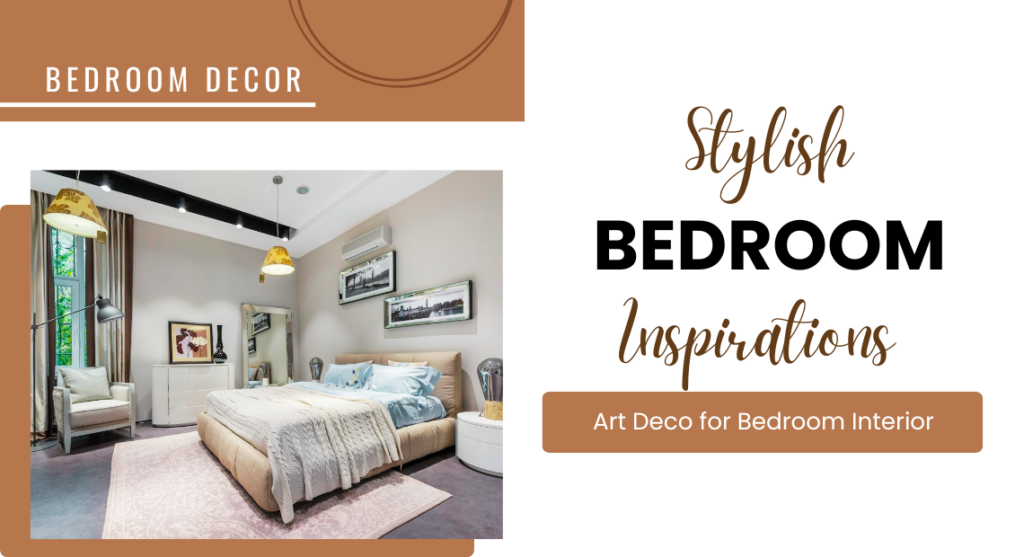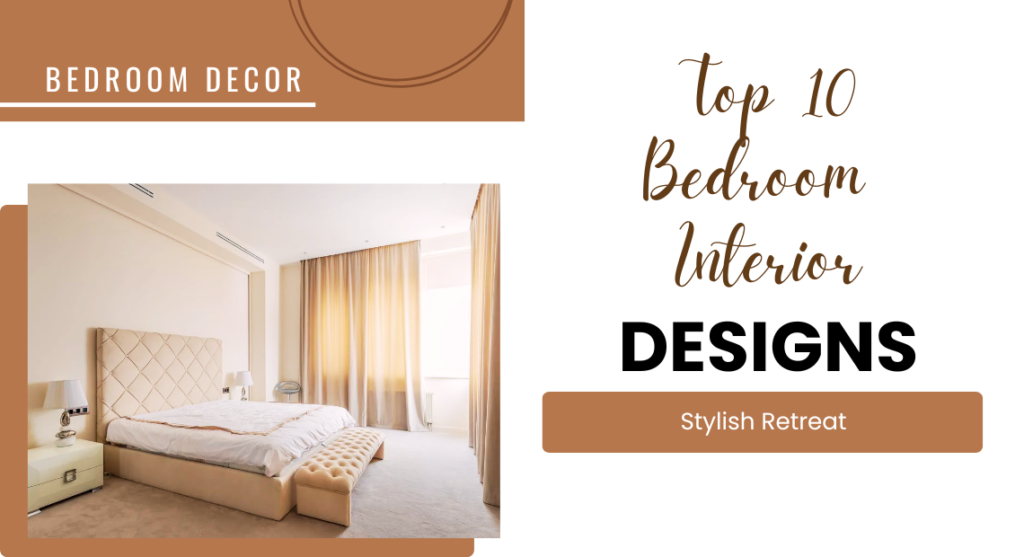Living in a small space presents unique challenges, but it also offers opportunities for creativity and innovation in design. A well-thought-out small living room can be both stylish and functional, providing comfort without feeling cramped. This article explores practical design hacks to help you maximize your small living room, transforming it into a cozy and inviting retreat.
1. Choose Multi-Functional Furniture
In a small living room, every piece of furniture counts. Selecting multi-functional furniture is essential for optimizing space while maintaining style and comfort. These versatile pieces can serve more than one purpose, providing practicality without sacrificing aesthetics.
Why It Works:
Opting for furniture that serves multiple purposes is one of the best ways to maximize space. Multi-functional pieces not only save room but also enhance the usability of your living area.
Tips:
- Sofa Beds: Perfect for accommodating guests without needing an extra bedroom.
- Storage Ottomans: These can act as coffee tables or extra seating while providing hidden storage for blankets or magazines.
- Nesting Tables: These can be tucked away when not in use but offer additional surface space when needed.
Implementation:
- Research: Look for brands that specialize in compact, multi-functional furniture, such as IKEA or Wayfair. Read reviews to find the best quality for your budget.
- Measure Your Space: Before purchasing, measure your living room and consider the dimensions of the furniture to ensure a good fit.
- Customize: If possible, consider having furniture custom-made to fit your specific space requirements and design preferences.
2. Embrace Vertical Space
One of the most underutilized areas in small living rooms is vertical space. By looking up, you can create the illusion of a larger room and add storage or decorative elements that enhance the overall design.
Why It Works:
In small rooms, the vertical space often goes underutilized. By drawing the eye upward, you can create the illusion of a larger area.
Tips:
- Wall-Mounted Shelves: Use these to display books, plants, or decorative items without taking up floor space.
- Tall Bookcases: These can house a variety of items while providing a striking visual element in the room.
- Hanging Plants: Suspend plants from the ceiling to add greenery without consuming valuable surface area.
Implementation:
- Install Shelving: Choose adjustable wall-mounted shelves to accommodate various items. Consider floating shelves to maintain an open feel.
- Decorate with Height: When styling shelves, group items in varying heights to create visual interest and keep the eye moving upward.
- Use Plant Hooks: Purchase stylish hooks to suspend plants from the ceiling or wall, which can also add a pop of color and life.
3. Use Light Colors and Reflective Surfaces
The colors and materials you choose for your small living room can significantly impact its perceived size and brightness. Light colors and reflective surfaces create an open, airy feel, making the space more inviting.
Why It Works:
Light colors make a space feel larger and more open, while reflective surfaces can amplify light, enhancing the overall brightness of the room.
Tips:
- Neutral Palettes: Stick to whites, soft grays, and pastels for walls and larger furniture pieces.
- Mirrors: Strategically place mirrors to reflect light and create the illusion of depth.
- Glossy Finishes: Use furniture with glossy surfaces to bounce light around the room.
Implementation:
- Choose Paint Wisely: Use low-VOC paint in soft hues to keep the air quality healthy. Test paint samples on the walls to see how they look in different lighting conditions.
- Position Mirrors Carefully: Place mirrors opposite windows or light sources to maximize their effect. Consider mirrored furniture or decor elements to enhance brightness.
- Select Light Fabrics: Choose light-colored curtains and furniture fabrics that allow natural light to filter through, enhancing the sense of openness.
4. Optimize Layout
The arrangement of furniture can make or break the functionality of a small living room. An optimized layout not only improves the flow of the space but also enhances comfort and accessibility.
Why It Works:
An efficient layout can drastically improve the functionality of a small living room. Thoughtful arrangement helps to enhance flow and comfort.
Tips:
- Create Zones: Define different areas for sitting, reading, or working, even within a small space.
- Avoid Blocked Pathways: Ensure that furniture placement allows for easy movement throughout the room.
- Use Area Rugs: They can delineate spaces without physically separating them.
Implementation:
- Use Design Tools: Utilize online room design software to experiment with different layouts before moving furniture.
- Define Areas with Rugs: Select area rugs that match the room’s color scheme to help define zones without overcrowding.
- Regularly Reassess: As your needs change, periodically reassess your layout to keep the space functional and welcoming.
5. Incorporate Built-In Solutions
Built-in furniture and fixtures offer a seamless way to maximize space in a small living room. These solutions can provide customized storage and a clean, cohesive look that enhances the overall design.
Why It Works:
Built-in furniture helps to maximize space by utilizing areas that might otherwise go unused. This can also create a seamless, custom look.
Tips:
- Built-In Shelving: These can be installed around doors or windows, providing storage without taking up additional space.
- Window Seats: If you have a bay window, consider adding a built-in seat with storage underneath.
- Cubbies or Nooks: Create small alcoves for books, decor, or personal items.
Implementation:
- Consult a Professional: Hire a carpenter to design and install built-ins that fit your space perfectly. This can be a worthwhile investment.
- DIY Options: For a budget-friendly approach, consider using modular shelving systems that can be customized to fit your needs.
- Personalize Built-Ins: Use paint or wallpaper inside built-ins to add a pop of color and personality.
6. Keep It Minimal
A minimalist approach is especially effective in small living rooms. By simplifying your decor and furniture choices, you can create a clean and organized space that feels larger and more comfortable.
Why It Works:
A minimalist approach can prevent overcrowding and make your small living room feel more spacious. Simplifying your decor allows you to focus on quality over quantity.
Tips:
- Limit Decor Items: Choose a few key pieces that you love rather than filling every surface with decor.
- Use Clear Furniture: Consider acrylic or glass tables that don’t visually clutter the space.
- Stick to One or Two Statement Pieces: These can serve as focal points without overwhelming the room.
Implementation:
- Conduct a Decor Audit: Go through your decor and remove items that don’t add value or joy. This can help you see what’s truly important.
- Choose Versatile Decor: Opt for decor that can serve multiple purposes, such as a decorative bowl that can hold keys or small items.
- Curate Your Collection: Regularly curate your decor to keep only what you love and that fits the minimalist ethos.
7. Personalize with Smart Accessories
Accessories can add personality and warmth to a small living room without taking up too much space. By choosing smart accessories, you can maintain an organized and stylish appearance.
Why It Works:
Accessories can add character without taking up too much space. Choosing smart accessories can also help maintain an organized and stylish appearance.
Tips:
- Storage Baskets: Use decorative baskets to keep items organized while adding texture.
- Floating Carts: These can hold books, drinks, or plants and can be moved around as needed.
- Wall Art: Instead of bulky frames, consider hanging art in a grid layout to create impact without taking up floor space.
Implementation:
- Select Versatile Accessories: Look for accessories that serve a dual purpose, like stylish baskets that can hold blankets or magazines.
- Mix Textures: Incorporate a variety of textures with your accessories (like metal, wood, and fabric) to create visual interest without clutter.
- Create a Rotating Gallery: Regularly swap out artwork or decorative items to keep your space feeling fresh and personalized.
Maximizing space in a small living room is all about thoughtful choices and creative solutions. By selecting multi-functional furniture, utilizing vertical space, and optimizing layout, you can create a comfortable and stylish environment that feels much larger than it is. Embrace simplicity and personalization to make your small living room a true reflection of your style, all while maximizing every inch of available space.


